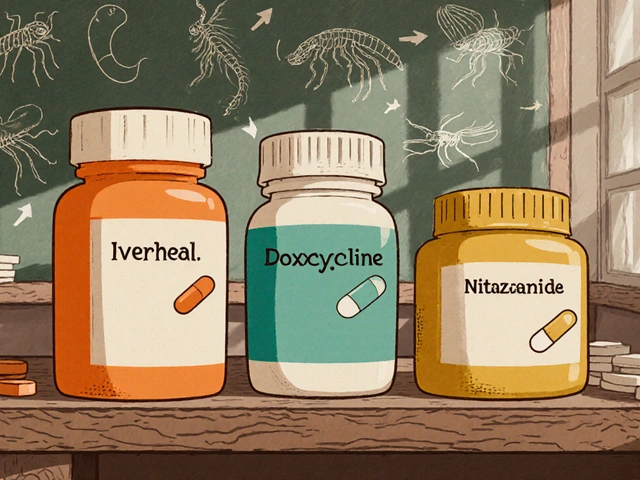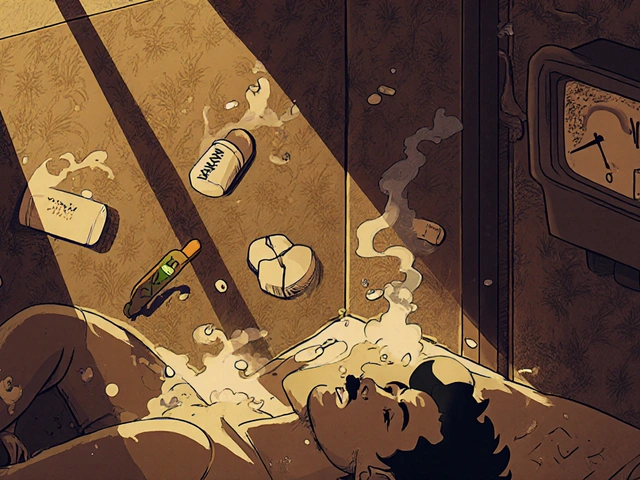Antifungal Cream for Toddlers: What Parents Need to Know
Seeing a red, itchy patch on your toddler's foot can be worrying. Most of the time it’s a simple fungal infection like athlete’s foot or a yeast rash, and an over‑the‑counter antifungal cream can clear it up fast. But not every cream is right for a child under five. Below we’ll walk through the most common toddler fungal problems, safe cream options, and how to apply them correctly.
Common Fungal Infections in Toddlers
Toddlers love to explore, and that often means moist socks, sweaty shoes, and occasional diaper leaks—perfect conditions for fungi to grow. The two infections you’ll see most are:
- Athlete’s foot (tinea pedis): It starts as a small, scaly patch between the toes and can spread to the sole.
- Yeast diaper rash (Candida): A red, bubbly rash that thrives in warm, damp areas.
Both look similar—redness, itching, and sometimes a slight burning sensation—but the treatment is almost the same: a gentle antifungal cream applied twice a day.
Choosing the Right Antifungal Cream
When you head to the pharmacy, look for creams that list clotrimazole, miconazole, or terbinafine as the active ingredient. These three are proven safe for children when used as directed. Avoid products with strong steroids unless a doctor specifically recommends them, because steroids can mask symptoms and make the infection worse.
Here’s a quick cheat‑sheet:
- Clotrimazole 1% cream – widely available, good for mild to moderate cases.
- Miconazole 2% cream – works well for yeast‑type rashes, especially in diaper areas.
- Terbinafine 1% cream – a bit pricier but very effective for stubborn athlete’s foot.
Always check the label for age recommendations. Most brands say “suitable for children 2 years and older.” If your toddler is younger, ask a pharmacist for a prescription‑strength option.
Before you start, clean the affected area with mild soap and warm water, then pat it dry. Fungi love moisture, so a dry surface helps the medicine work better.
Apply a thin layer of cream, covering the entire rash plus a little surrounding skin. Do this twice daily—once in the morning and once before bedtime—for the full treatment period, usually two weeks. Even if the rash looks gone after a few days, keep using the cream to prevent a comeback.
Watch for side effects. Mild burning or stinging can happen, but it should fade quickly. If you see increased redness, swelling, or a fever, stop the cream and call your pediatrician.
Finally, keep those tiny feet dry. Change socks often, let shoes air out, and consider breathable cotton socks instead of synthetic blends. For diaper rash, change diapers promptly and use a barrier cream after the antifungal has dried.
Got more questions? Your pharmacist can help you pick the right product, and your pediatrician can tell you if a prescription is needed. With the right cream and a bit of patience, most toddler fungal infections clear up without a hitch.
Choosing the Right Antifungal Cream for Toddler Skin: Tips, Safety, and Facts
Wondering which antifungal is safest for your toddler? Find out which formulations work, how to avoid fragrances, and dosing tips to keep little skin healthy.





